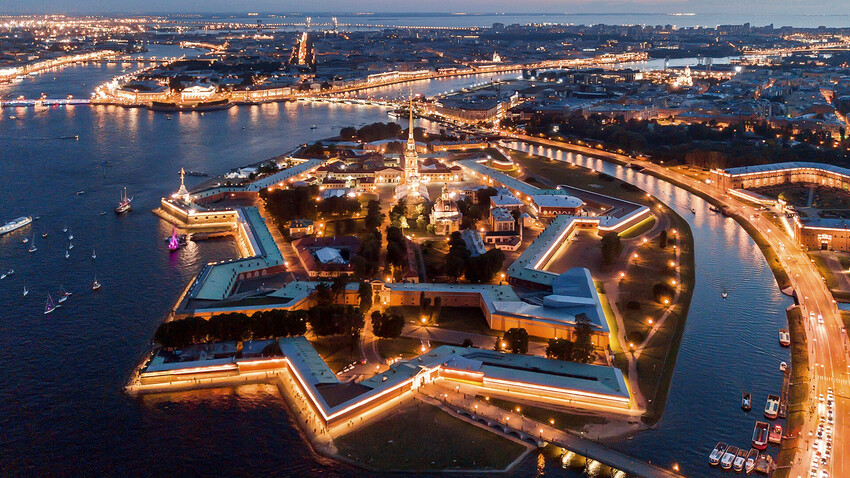
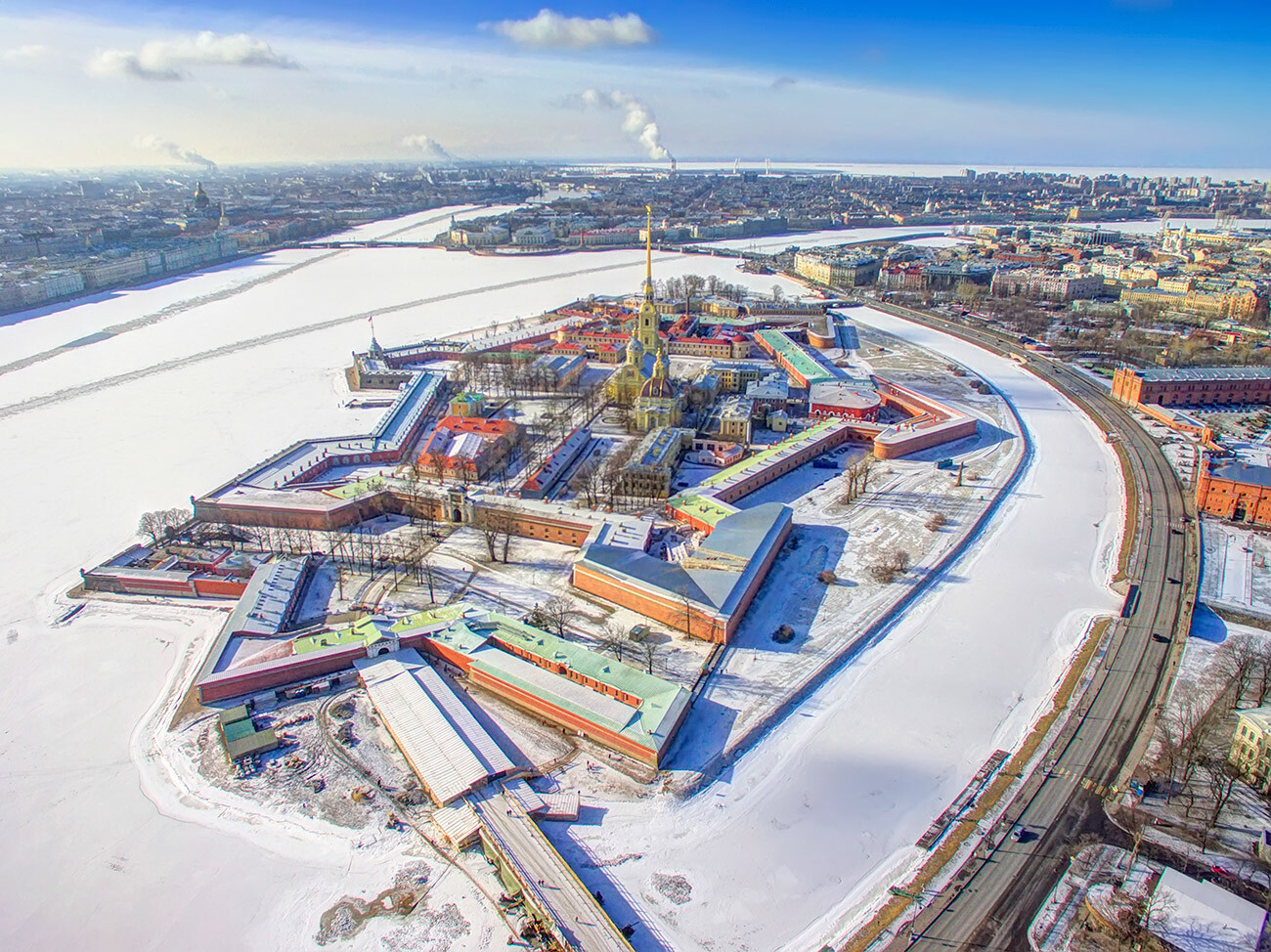
The fortress is considered the oldest building in the city. Peter the Great chose Hare Island for its construction not by chance: it is located in the widest point of the Neva. It became the first bastion-type construction in Russia; there are no towers and the location is such that the enemy could not land on the island.
The construction was started on May 27, 1703 - from this day, the history of St. Petersburg begins. The construction of the wood-and-earth fortress was rapid. Already in the fall, a fortress flag with white and blue crosses on a red background was hoisted over the bastion. And, in April 1704, they lit the signal fire.
What is remarkable is that it was never involved in battles. Although, its garrison was always on alert.
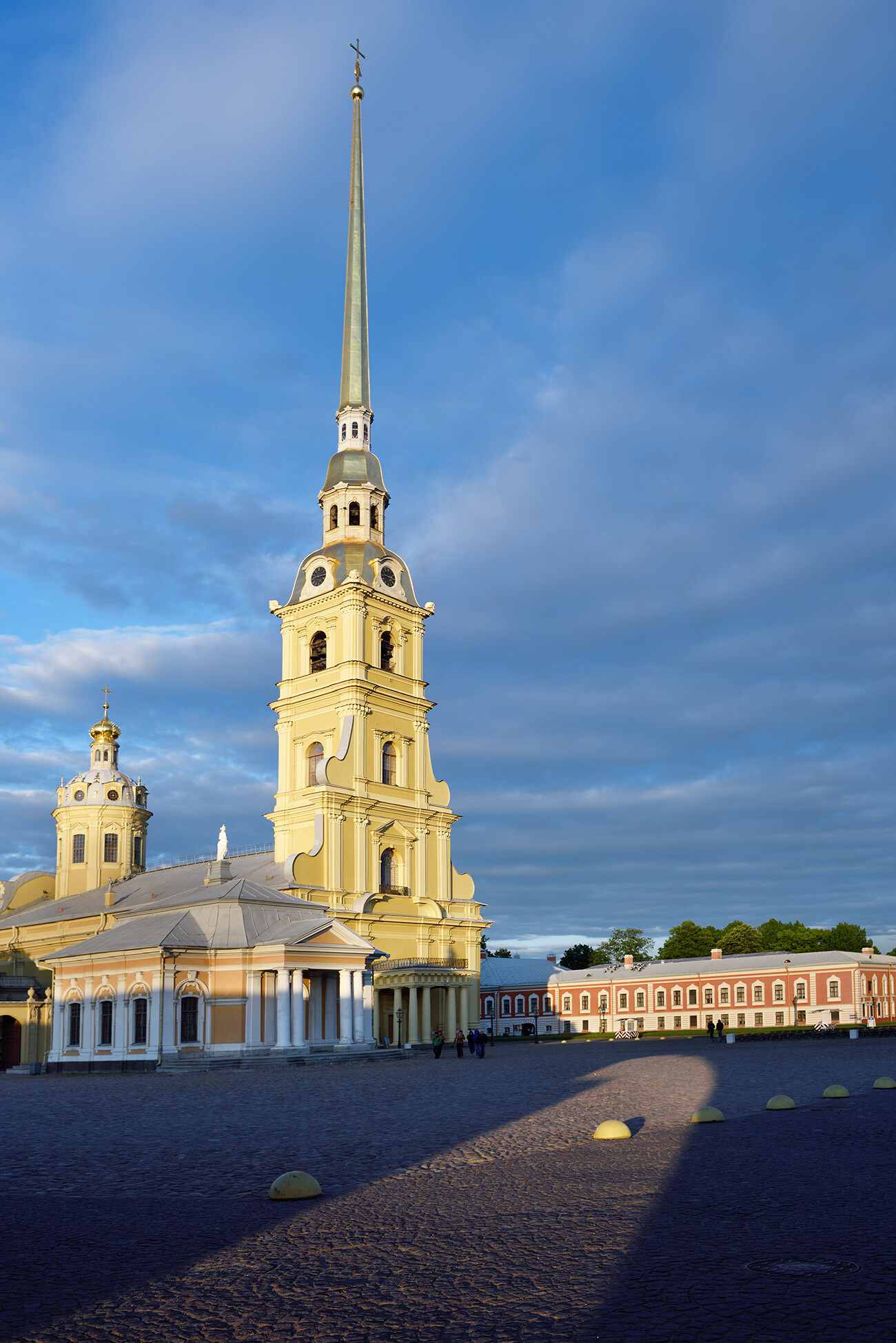
The wooden church in the name of the apostles Peter and Paul was erected a month and a half after its foundation and, in 1712, according to the project of Domenico Trezzini, they began to build a stone one. Peter I wanted the first church of the new capital to be higher than the Kremlin bell tower of Ivan the Great in Moscow. The emperor was so proud of the construction that he even forced foreign ministers to climb the bell tower to show off his dominion. For almost 250 years the Peter and Paul Cathedral was, indeed, the tallest building in Russia and, for more than a century, it was the cathedral church of St. Petersburg.
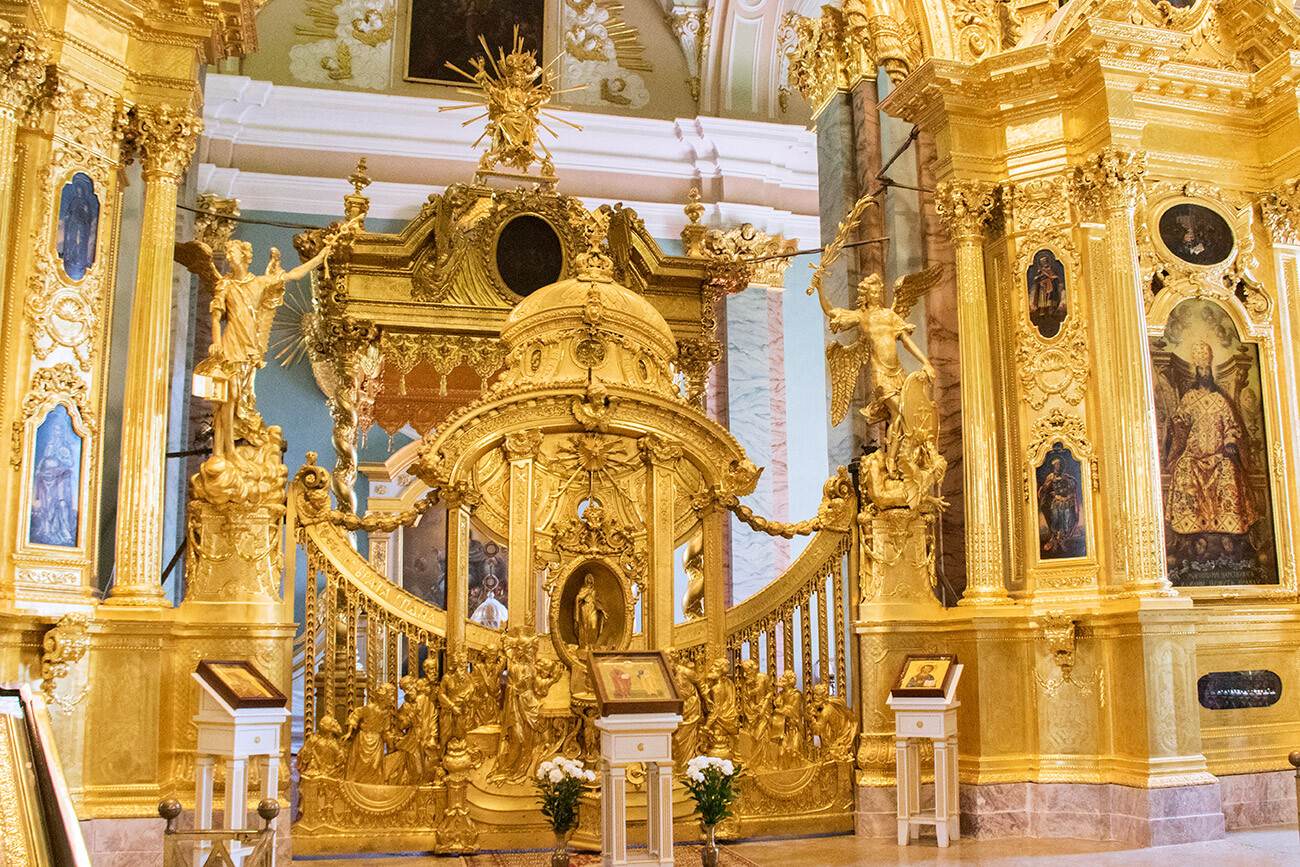
The Peter and Paul Cathedral is also a monument of military glory of Russia. Until the last century, it was there that banners and keys of conquered cities were kept. It is not a coincidence that its iconostasis is made not as a solid wall, but as a triumphal arch.
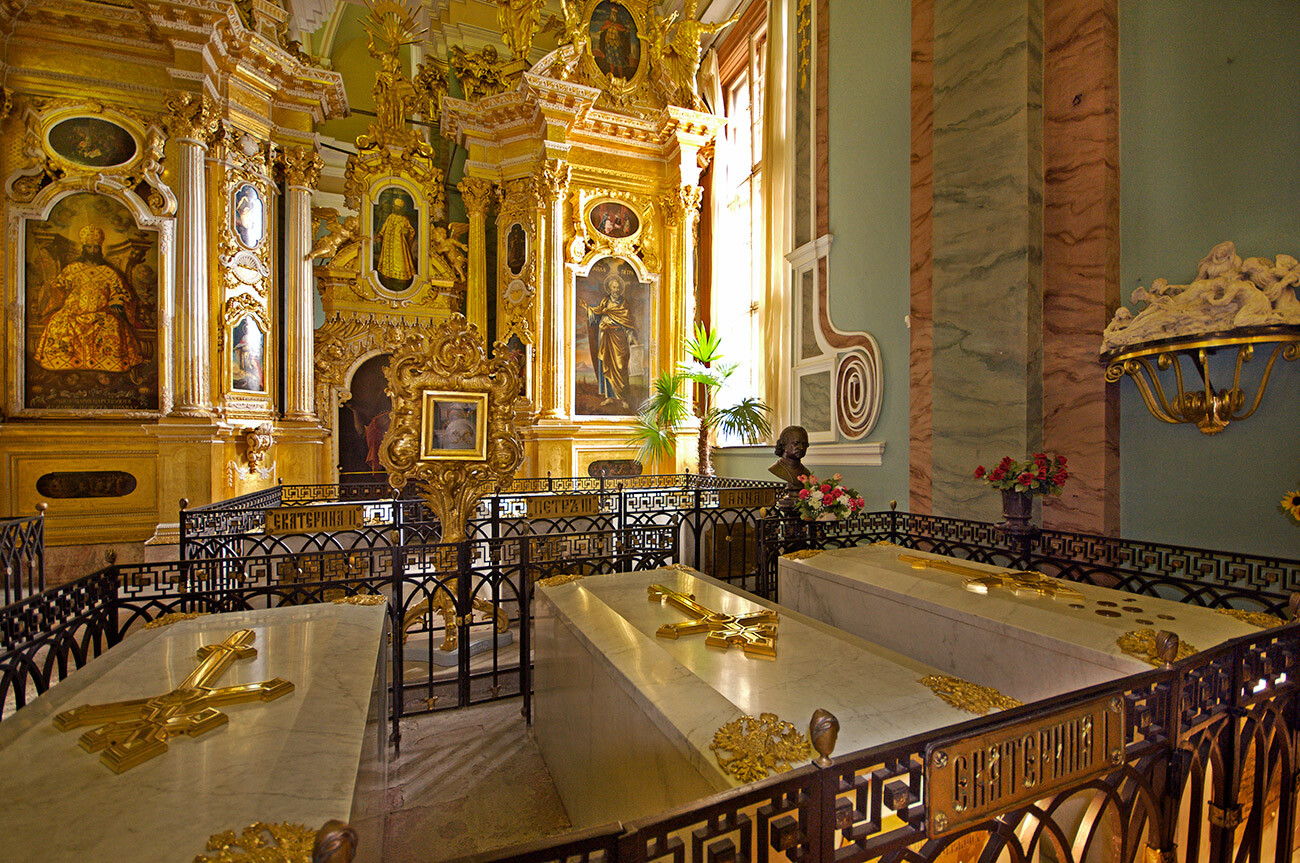
Before Peter the Great, deceased monarchs were buried in the Archangel Cathedral of the Moscow Kremlin, but, with the emergence of the new capital, burials began to be held in the Peter and Paul Cathedral. The first to be buried there was Peter the Great's daughter Natalia, who died at the age of two. The cathedral became the final resting place of all Russian monarchs and their spouses, except for Peter II and Ivan VI. In 1998, the remains of the last Russian Emperor Nicholas II and his family were reburied in the cathedral.
Next to the cathedral is also the Grand Duke’s Mausoleum with the burial places of members of the royal family.
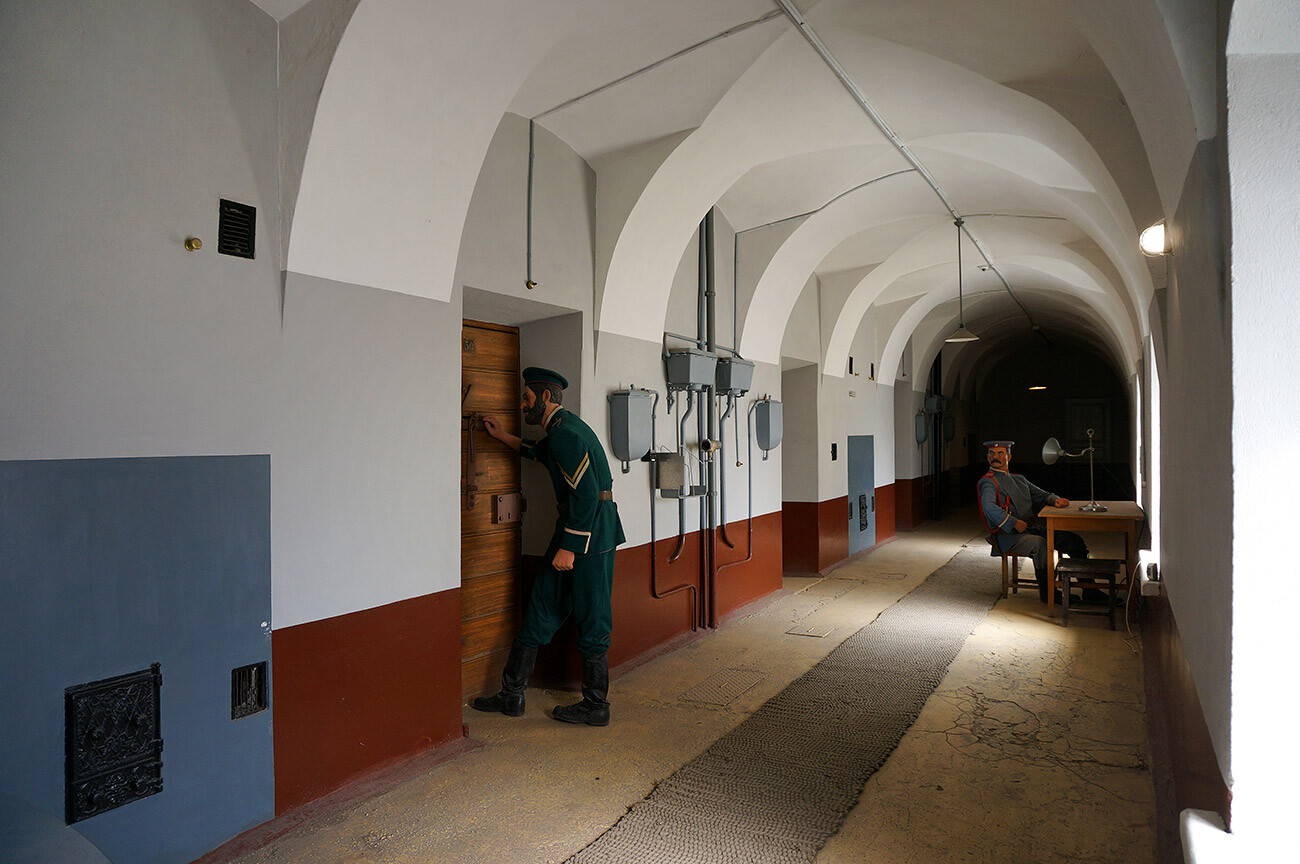
For several centuries, the fortress was used as a prison. But the prisoners in it were not ordinary, but political. Tsarevich Alexei, son of Peter the Great, was held there. In 1825, the Decembrists were sent there - five of them were even hanged there. Among other prisoners were writers Fyodor Dostoevsky and Maxim Gorky and, in 1887, Vladimir Lenin's brother Alexander Ulyanov was held in the Trubetskiy Bastion.
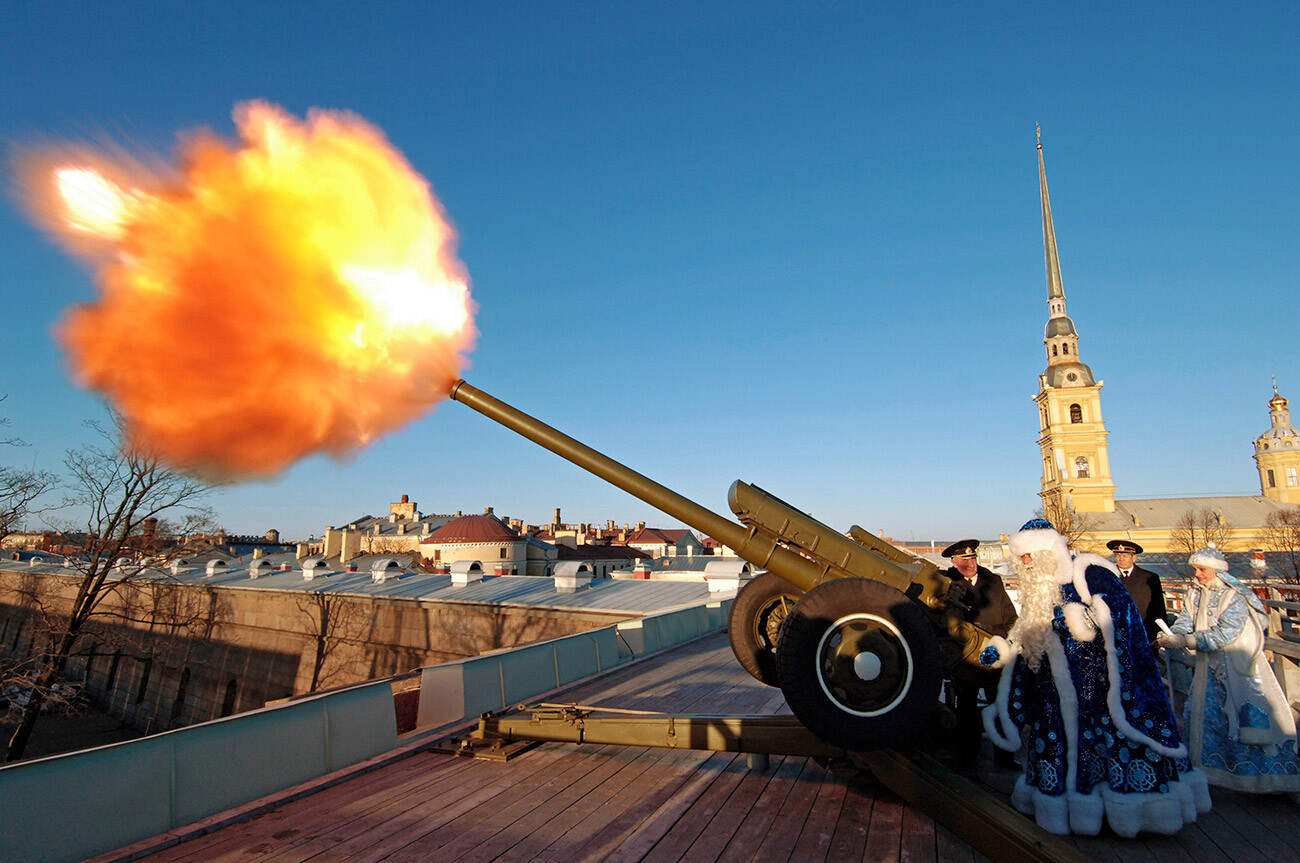
Every noon, a shot is fired from the cannon of the Naryshkin Bastion. During the reign of Peter the Great, this was the way to mark the beginning and end of daily work: the cannon would fire and the fortress flag would be raised and lowered. Later, a salvo would notify the residents of St. Petersburg of floods by a volley. Since 1872, the cannon has been fired to mark the onset of noon. And, in 1917, a salvo from the Naryshkin Bastion “informed” the cruiser ‘Aurora’ of the beginning of the storming of the Winter Palace.
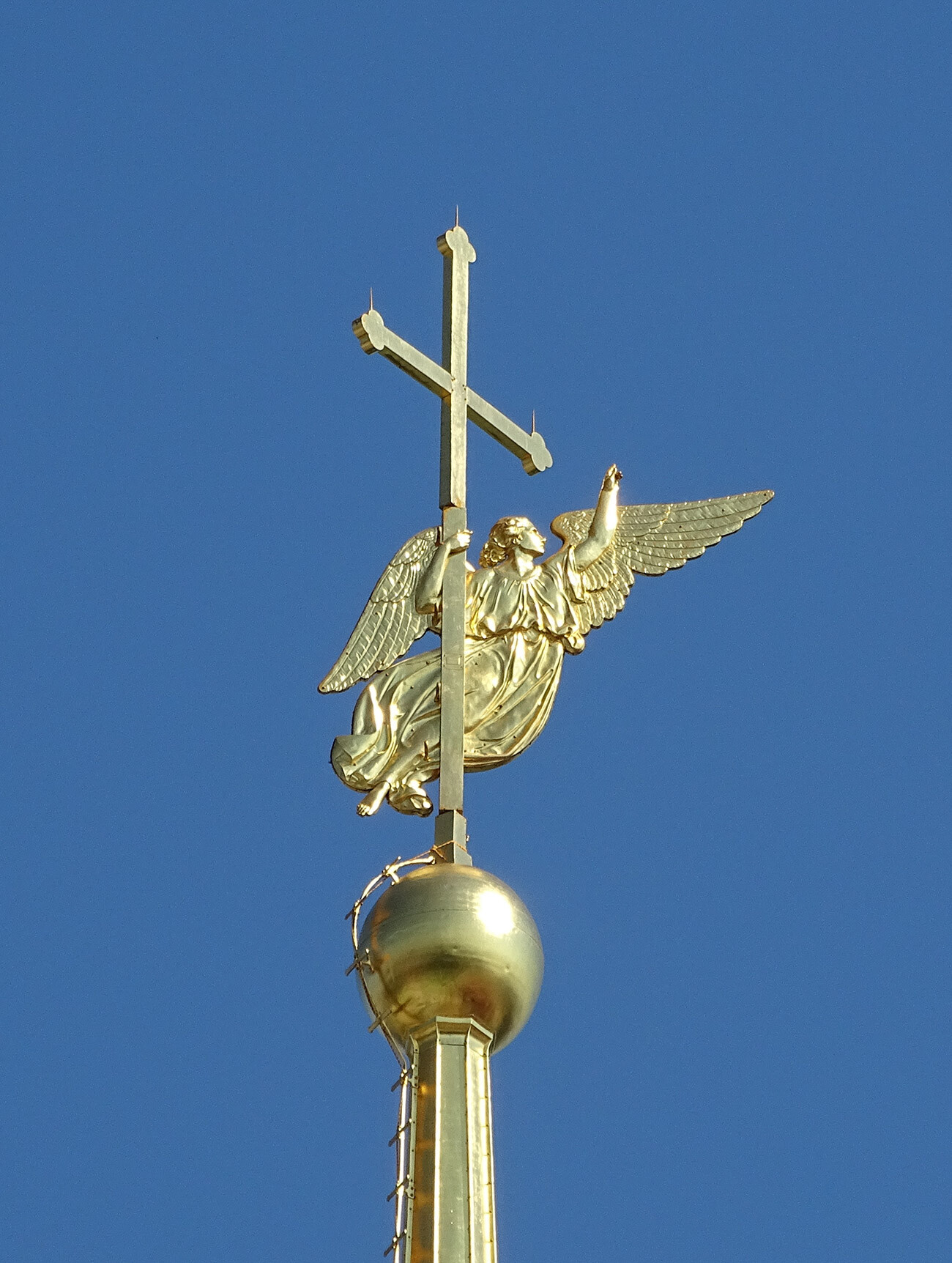
The figure of an angel on the spire of the Peter and Paul Cathedral is one of the most recognizable (and official) symbols of St. Petersburg. Domenico Trezzini invented the weather vane: according to his idea, the flying angel with a cross in his hands was supposed to symbolize the heavenly patronage of the emperor and Russia.
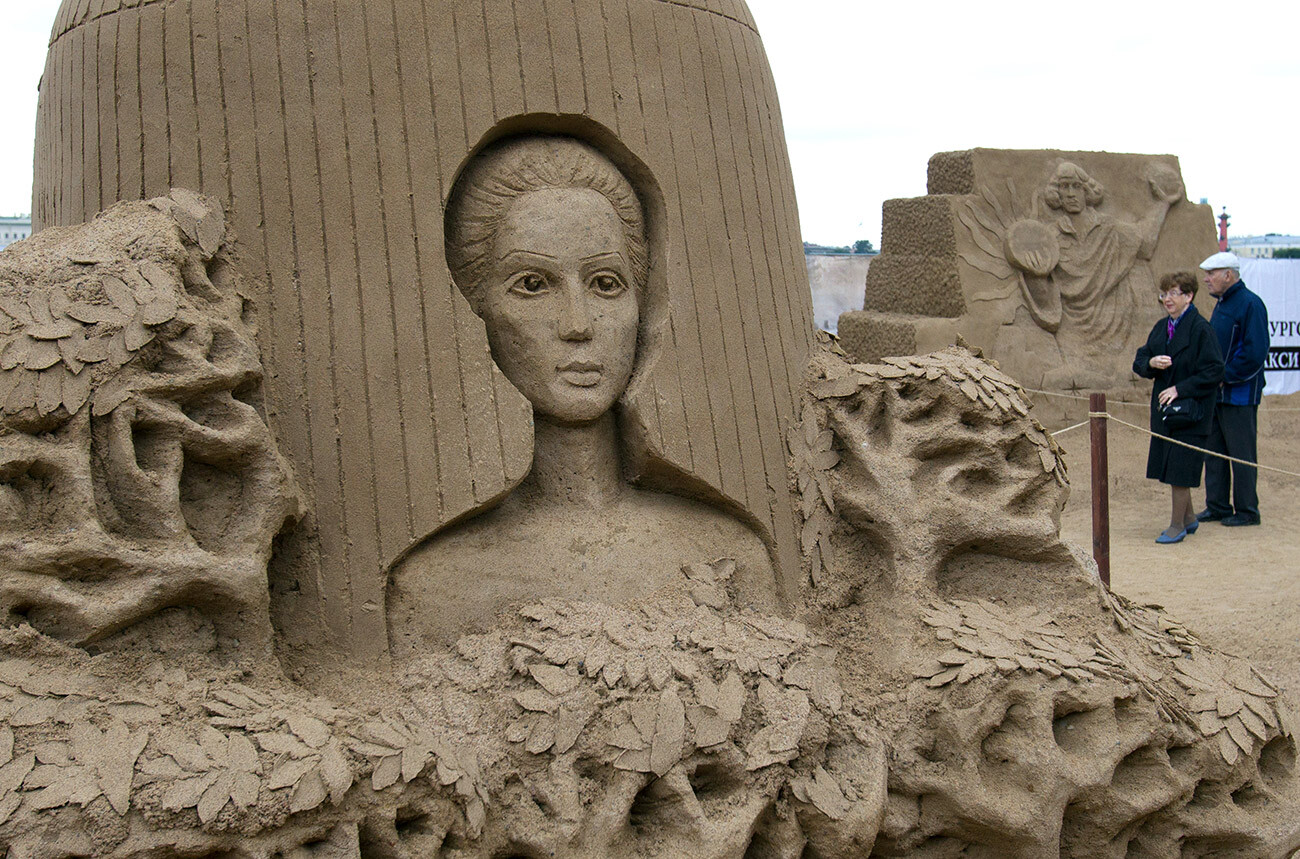
A sandy beach is located under the walls of the fortress. It is officially forbidden to swim there, but you can sunbathe with a view of the Vasilyevsky Island spit, the Hermitage, the Palace and Trinity bridges. Sand sculpture festivals are held there in summer, while, in winter, ice sculptures appear.
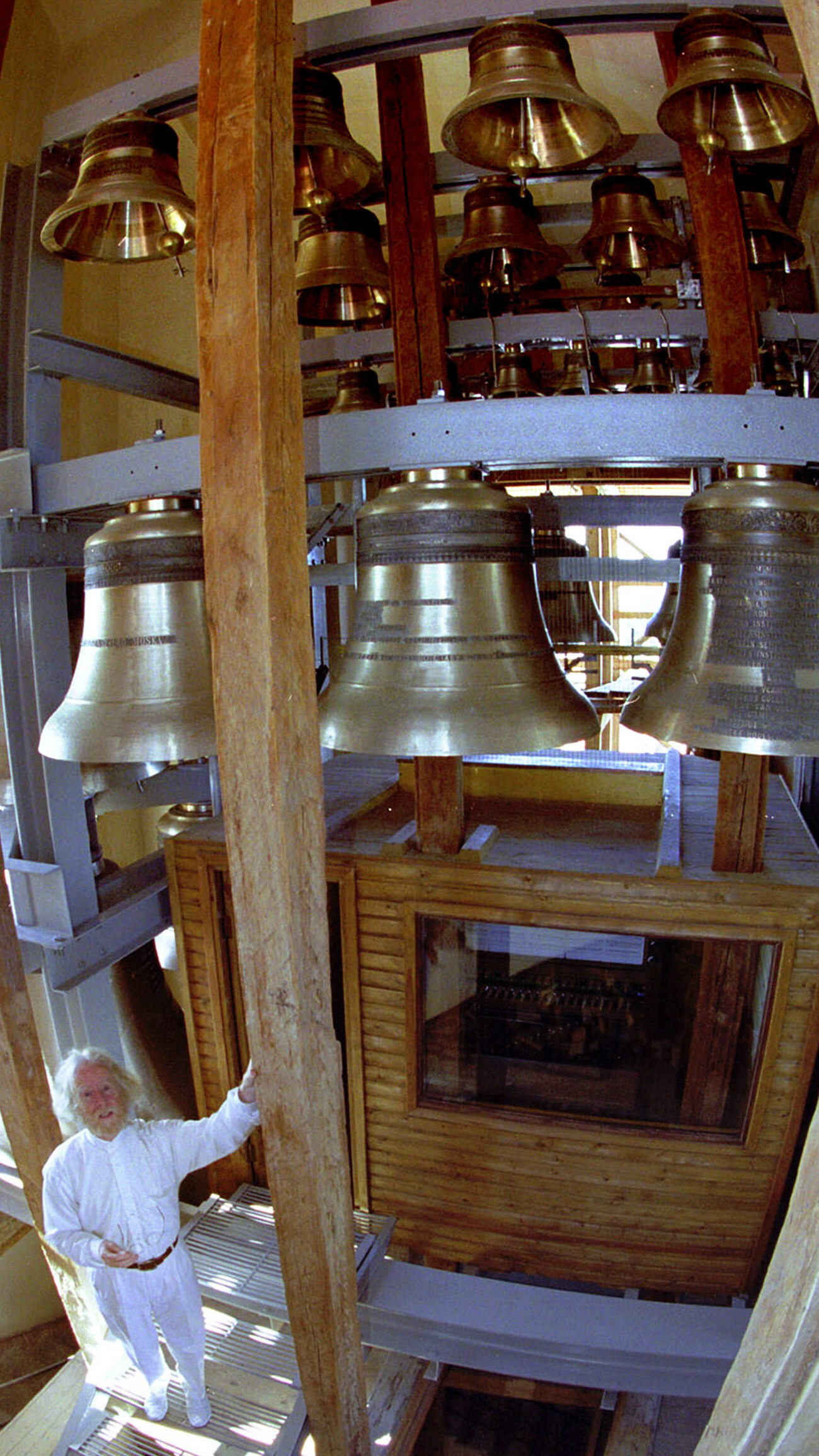
Music fans come to the Peter and Paul Fortress to hear the sound of the carillon - a bell organ. The very first one, consisting of 35 bells, was brought from Holland by Peter the Great. The current one, consisting of 51 bells, was installed for the 300th anniversary of the Northern Capital in 2001. Since then festivals and concerts of carillon music have been held in the fortress.
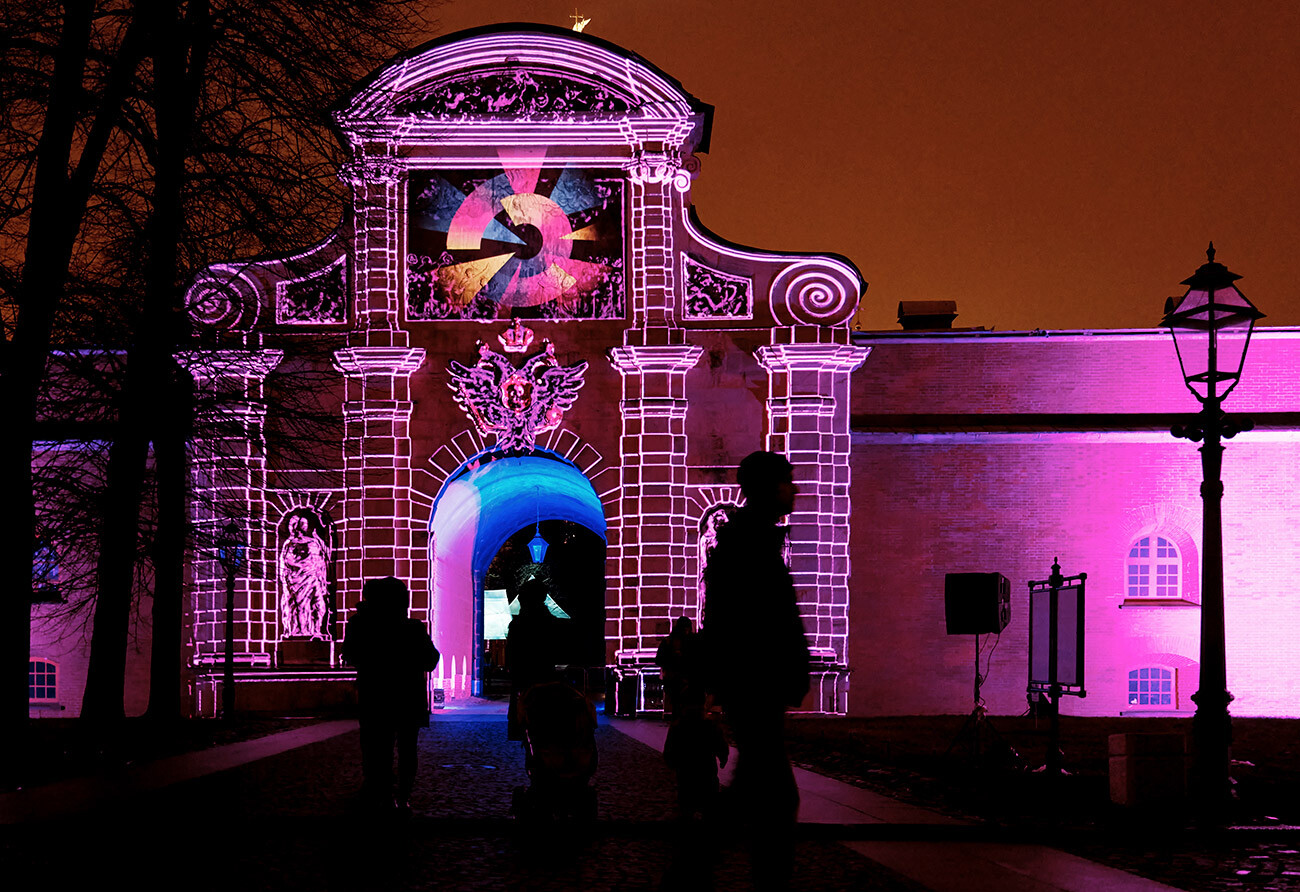
Today, the Peter and Paul Fortress is a UNESCO monument, part of the Museum of the History of St. Petersburg. There are also museums of artillery, engineering troops and signal corps, cosmonautics and rocket technology. And you can walk around the large territory all day long!
Dear readers,
Our website and social media accounts are under threat of being restricted or banned, due to the current circumstances. So, to keep up with our latest content, simply do the following:
If using any of Russia Beyond's content, partly or in full, always provide an active hyperlink to the original material.
Subscribe
to our newsletter!
Get the week's best stories straight to your inbox